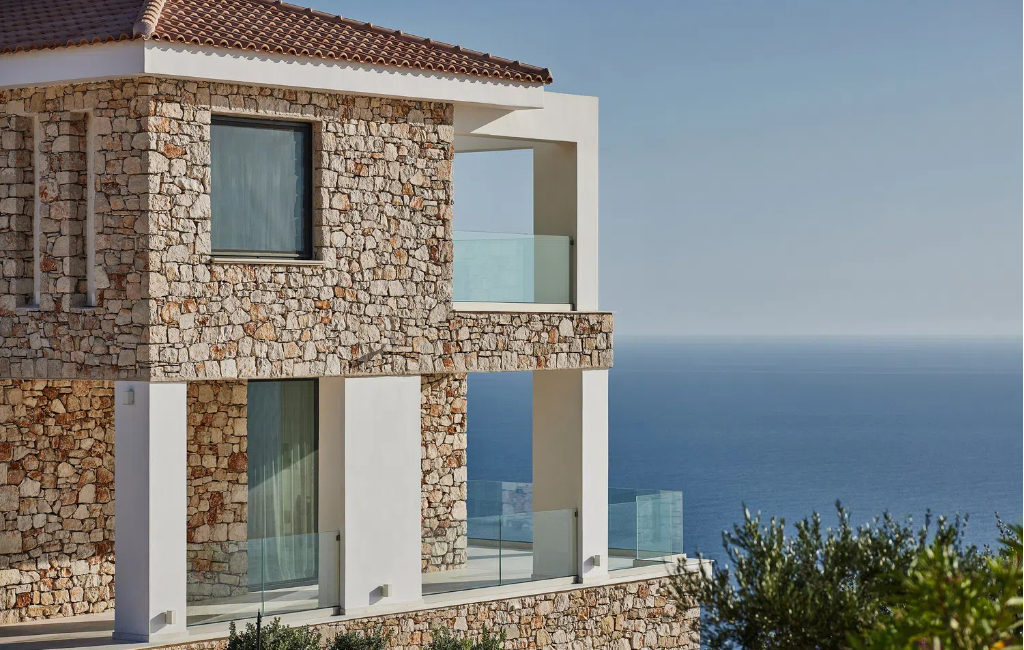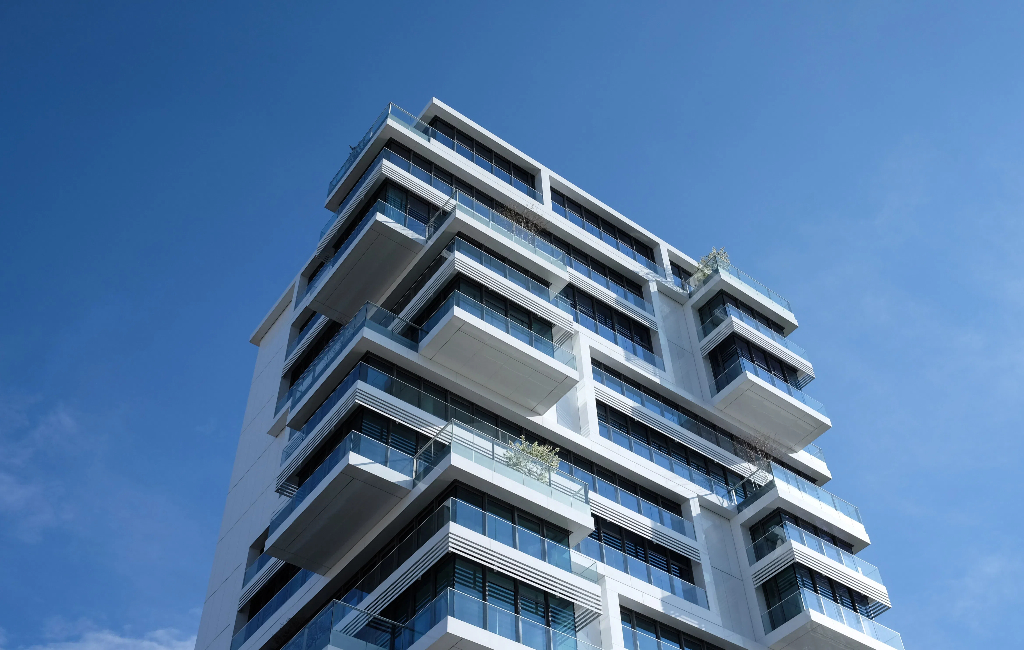Garde-corps en verre : la fusion élégante de l’esthétique et de la sécurité
Glass railing, an increasingly popular architectural feature, has transformed the design landscape of both residential and commercial spaces. Its sleek, modern aesthetic, coupled with its functional versatility, has made it a staple in many contemporary buildings. This comprehensive guide delves into the advantages and disadvantages of glass railing and its various applications.
Glass railings, a pivotal element in contemporary architectural designs, have garnered widespread acclaim in various construction projects due to their distinctive advantages and multifaceted benefits. They not only enhance the aesthetic appeal and visual experience of architectural spaces but also excel in terms of functionality, safety, and sustainability. In the following, we delve into the core strengths of glass railings, including their transparency and spatial expansion, design flexibility and personalization capabilities, superior safety performance, ease of cleaning and maintenance, environmental friendliness and sustainability, as well as their optimization of natural light. These aspects collectively underscore the importance and value of glass railings in modern architecture.
l Exceptional Transparency and Spatial Expansion:
Glass railings offer unparalleled visual clarity, effectively erasing barriers between indoor and outdoor spaces. This creates a seamless flow of light and scenery, enhancing the sense of openness and spaciousness within the interior. It also invites the beauty of the outdoors in, adding depth and dimension to the interior design.
l High Design Flexibility and Personalization:
Glass railings boast exceptional versatility, allowing for custom designs that cater to diverse aesthetic preferences. Their shape, size, color, and edge treatments can be tailored to fit seamlessly into various architectural styles, from modern minimalist to industrial chic and classic elegance. This flexibility ensures that glass railings can showcase unique personalities and design visions.
l Superior Safety Performance:
Modern glass railings are constructed using tempered or laminated glass, which exhibit remarkable strength and resilience. These materials can withstand significant impact forces and resist cracking or shattering, ensuring user safety. In the event of breakage, laminated glass's interlayer prevents sharp fragments from dispersing, further minimizing the risk of injury. Professional installation and rigorous quality control measures also contribute to their overall safety.
l Ease of Cleaning and Long-Term Maintenance:
Glass railings feature smooth, non-porous surfaces that resist dust accumulation and staining. Cleaning them is straightforward, requiring only mild detergents and soft cloths. Their durability ensures that they retain their pristine appearance over time, minimizing the need for frequent maintenance and reducing maintenance costs.
l Environmental Friendliness and Sustainability:
Glass is a recyclable material, and its production process typically has a lower environmental impact compared to some other materials. By incorporating glass railings into buildings, we contribute to reducing construction waste and promoting sustainability. As recycling technologies advance and environmental awareness grows, the use of glass railings becomes an increasingly attractive option for eco-conscious architects and builders.
l Improved Natural Lighting:
Glass railings' transparency maximizes the penetration of natural light into interior spaces. This not only reduces the reliance on artificial lighting, thereby saving energy costs, but also enhances the quality of indoor illumination. Natural light is known to positively impact mood, productivity, and overall well-being, making glass railings a valuable addition to residential, commercial, and public spaces.
l Elevated Modernity and Prestige:
Glass railings exude a sense of modernity and sophistication that can significantly elevate the perceived value of a building. They serve as a testament to the innovation and aesthetic sensibilities of architects and designers. In commercial, high-end residential, and public settings, glass railings often become focal points, drawing attention and reinforcing the high-quality nature of the space.

The remarkable array of benefits that glass railing embodies distinguishes it as a highly coveted element in architectural design. Its unparalleled clarity, harmoniously fused with exceptional strength and resilience, positions it as a versatile solution that caters seamlessly to both aesthetic aspirations and functional necessities. Upon exploring the diverse environments where glass railing excels, it becomes evident that its singular blend of attributes renders it the perfect choice for bolstering safety, preserving panoramic vistas, and crafting unforgettable experiences across a broad spectrum of architectural and design endeavors.
Let's delve deeper into the myriad versatile applications of glass railing across a wide range of settings.
l In High-Rise Structures
Glass railing finds its natural habitat in high-rise buildings, where it plays a pivotal role in enhancing the living experience. On balconies and terraces, these railings offer an unobstructed panoramic view of the cityscape, allowing residents to bask in the beauty of their surroundings while ensuring their safety. In addition, roof gardens adorned with glass railing create a serene oasis in the sky, where one can unwind amidst the hustle and bustle of urban life.
l Luxury Villas and Mansions
In the realm of luxury villas and mansions, glass railing adds a touch of elegance and sophistication. Indoor and outdoor staircases adorned with glass railing exude a sense of openness and spaciousness, making the transition between floors seamless and inviting. Meanwhile, viewing platforms designed with glass railing invite homeowners to savor the picturesque vistas surrounding their properties, offering a serene retreat amidst nature's splendor.

l Commercial Spaces
Glass railing also shines in commercial settings, enhancing the overall customer experience. In shopping malls, skywalks, and other retail environments, glass railing along walkways and observation decks captivates shoppers' attention, drawing them towards breathtaking views and encouraging exploration. Furthermore, hotels and resorts leverage glass railing in their outdoor pools, terraces, and lounges, providing guests with a luxurious and secure environment to relax and unwind.
l Public Facilities
Public facilities such as observatories, parks, and bridges have also embraced glass railing as a design element. In these settings, glass railing offers visitors a safe and unobstructed platform to enjoy the surrounding landscapes, be it a breathtaking cityscape, serene lake, or lush greenery. This not only enhances the recreational value of these spaces but also promotes accessibility and inclusivity, allowing everyone to appreciate the natural and urban wonders.
l Specialty Designs and Landscapes
Glass railing is also a favorite among architects and designers working on unique and innovative projects. From modernistic bird's nest-inspired structures to intricate landscapes with water features and flower gardens, glass railing serves as a versatile connector, blending seamlessly into the overall design aesthetic. Its ability to blend with various materials, such as wood, metal, and stone, makes it a versatile design element that can adapt to a wide range of architectural styles and themes.
In conclusion, glass railing has emerged as a versatile and indispensable design element in modern architecture and design. Its applications span from high-rise buildings and luxury homes to commercial spaces and public facilities, enhancing safety, aesthetics, and the overall experience for all who encounter it. As architects and designers continue to push the boundaries of creativity and innovation, glass railing will undoubtedly play a pivotal role in shaping the future of our built environment.
